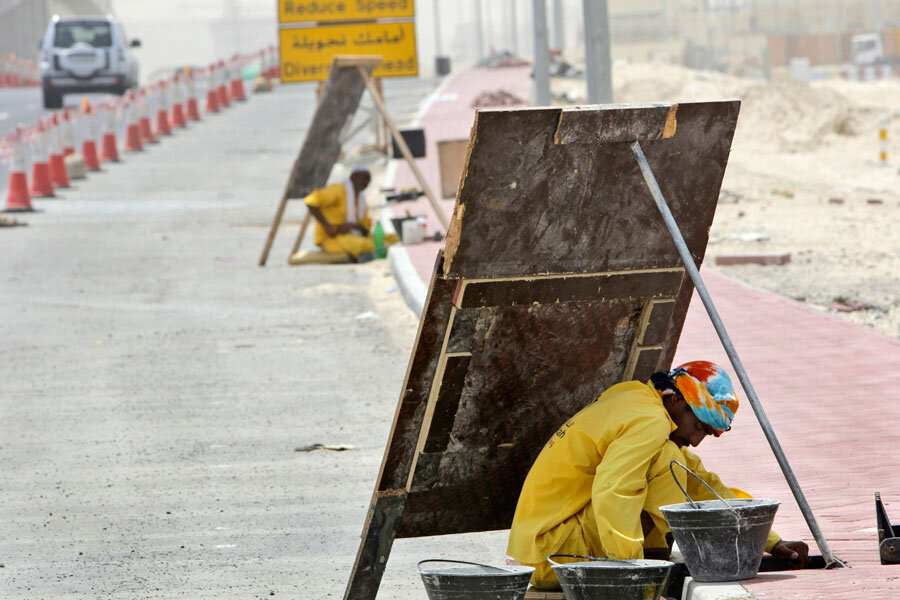Persian Gulf to see mega-heat waves, says new climate study
Loading...
We spend a lot of time looking at climate change side effects, such as rising sea levels and abnormal weather events, but a new study reminds us it is also going to get very, very hot.
A new report published in the Nature Climate Change journal suggests many populated cities in the Persian Gulf may be uninhabitable by the end of the century. The two authors, Dr. Elfatih Eltahir from Massachusetts Institute of Technology and Dr. Jeremy Pal from Loyola Marymount University, calculated future livability in the area through “wet-bulb temperature” predictions, “a combined measure of temperature and humidity or degree of ‘mugginess.’”
Without accounting for artificial cooling, the wet-bulb temperature “threshold for survival for more than six unprotected hours is 35 degrees Celsius, or about 95 degrees Fahrenheit,” equivalent to a heat index of 165 degrees Fahrenheit, explains the study’s press release.
This temperature may seem unfathomable, but those living in major Persian Gulf cities such as Dubai, Abu Dhabi and Doha are already feeling the heat.
As The Christian Science Monitor reported in August, the Iranian city of Bandar Mahshahr witnessed one of the most extreme heat indices (or “feels like” temperatures) at 34.6 degrees Celsius, or 165 degrees Fahrenheit, for an hour on July 31. Dhahran, Saudi Arabia, another Persian Gulf city, held the previous heat record from July 2003.
Temperatures in this region regularly surpass 110 degrees Fahrenheit in the summer, “because of a combination of low elevations, clear sky, water body that increases heat absorption, and the shallowness of the Persian Gulf itself, which produces high water temperatures that lead to strong evaporation and very high humidity,” says the report’s press release.
But these predicted heat waves are of a different nature, as previously record-breaking will become the norm. The models predict the 35 degrees C threshold will be exceeded several times in a 30-year period before 2100. In a “business-as-usual scenario of future greenhouse gas concentrations,” the researchers’ model suggests that new wet-bulb temperatures will “severely impact human habitability in the future,” in the absence of significant mitigation.
Notably, these new, regular temperatures will not discriminate. “The focus of the Pal and Eltahir study concerns another category of heat waves - one that may be fatal to everybody affected, even young and fit individuals under shaded and well-ventilated outdoor conditions,” explains Christoph Schar, a professor of climate science, in his commentary accompanying the study.
“Although it may be feasible to adapt indoor activities in the rich oil countries of the region,” such as Saudi Arabia, explain the scientists, common outdoor occupations such as agriculture or construction will be impossible for more than a few hours at a time. “In contrast, the relatively poor countries of Southwest Asia with limited financial resources and declining or non-existent oil production will probably suffer both indoors and outdoors,” because of electricity demands for air conditioner use.
In the coastal region of Yemen, one of the poorest countries in the world, the area around the cities of Al-Hudaydah and Aden is expected to reach 33 degrees C. And Qatar, often ranked as the world’s richest country, could experience even hotter temperatures above the 35 C threshold.






